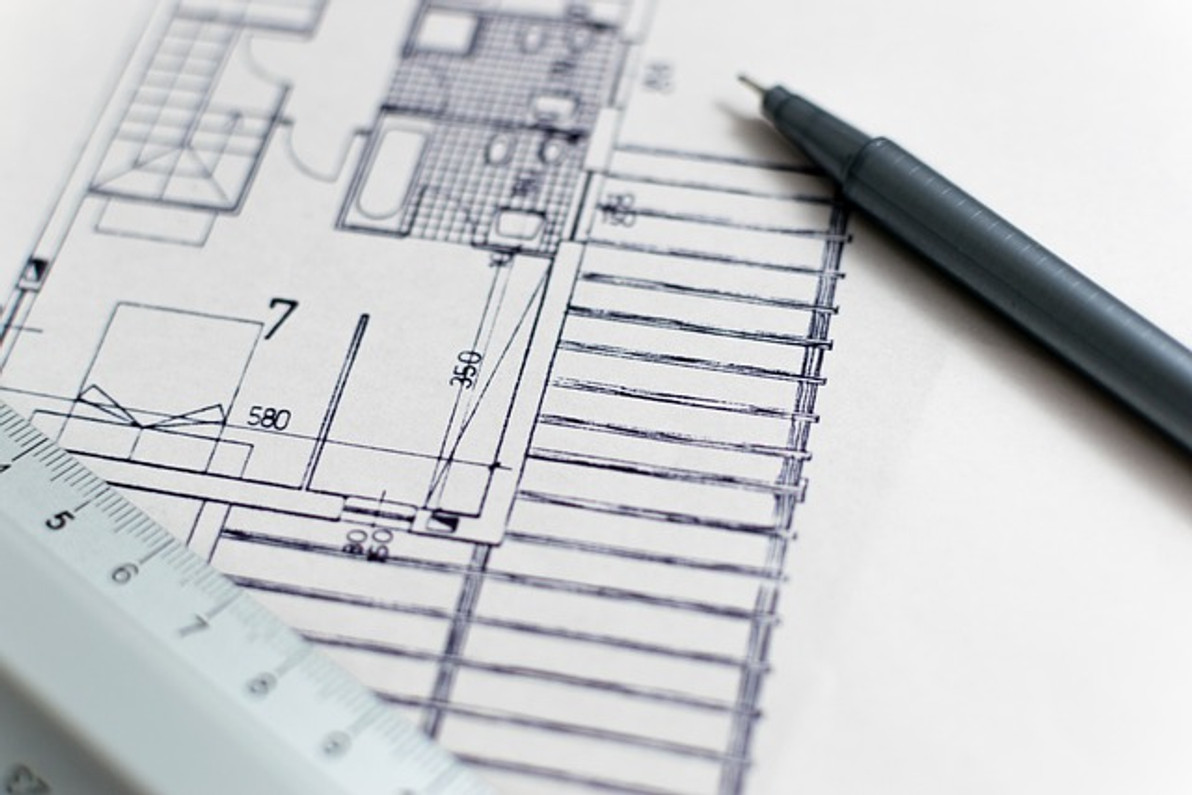5 Safety Tips to Follow When Removing Drywall
Are you planning to remove drywall? Whether you're renovating your home or working as a contractor, you may need to remove drywall. Drywall consists of panels of calcium sulfate dihydrate. They are typically used to form interior walls. While removing drywall may sound like an easy enough task, there are several safety tips you should follow to minimize your risk of injury.
#1) Turn Off Power
Make sure the power to the home or building is turned off before attempting to remove the drywall. Drywall may feature electrical outlets. Electrical outlets, of course, are connected to live electrical wires. Failure to turn off power to the area before removing the drywall is a safety hazard. You may cut into an electrical wire, resulting in shock.
#2) Wear Safety Goggles or Glasses
Always wear safety goggles or glasses when removing drywall. Eye injuries are common. According to the U.S. Bureau of Labor Statistics (BLS), about 20,000 work-related eye injuries occur each year in the United States. Removing drywall can cause debris to fly into the air. By wearing safety goggles or glasses, you can protect your eyes from this debris.
#3) Wear a Dust Mask
In addition to safety goggles or glasses, you should wear a dust mask when removing drywall. Drywall dust isn't necessarily toxic. Modern-day drywall is made without asbestos or other hazardous materials. Nonetheless, exposure to large amounts of drywall dust can take a toll on your respiratory health. The U.S. Centers for Disease Control and Prevention (CDC) says that breathing in drywall dust over an extended period can cause throat irritation, coughing and breathing problems. To prevent respiratory ailments such as these, always wear a dust mask when removing drywall.
#4) Remove in Sections
Don't attempt to remove entire drywall panels at once. Instead, remove them in sections. Start from the top of a drywall panel and work your way down. Not only is it easier to remove drywall panels in sections; it's safer as well. It will place less stress on your body, and the individual sections of drywall will weigh less than entire drywall panels.
#5) Choose the Right Tools for the Job
The right tools will make a world of difference in your safety when removing drywall. There are saws, for instance, that are designed specifically for drywall. Known as drywall saws, they feature a long blade with serrated teeth. You can use them to easily cut through drywall. Other saws may work as well, but they don't offer this same design.
Recent Posts
-
Fire Safety in the Workplace: What You Need to Know
What steps are you taking to prevent fires in your workplace? According to the U.S. Occupational Saf …Aug 23rd 2023 -
Is It Safe to Go Jogging With a Cold Infection?
If you're suffering from a cold infection, you might be wondering whether it's safe to go jogging. T …Aug 22nd 2023 -
5 Safety Tips to Follow When Using a Powder-Actuated Tool
Powder-actuated tools are commonly used to join materials to steel and concrete. Also known as Hilti …Aug 20th 2023




